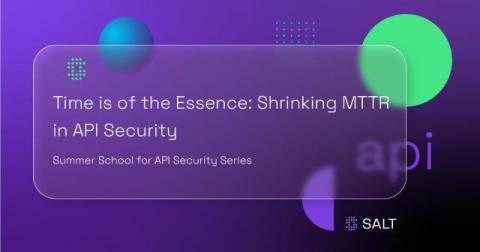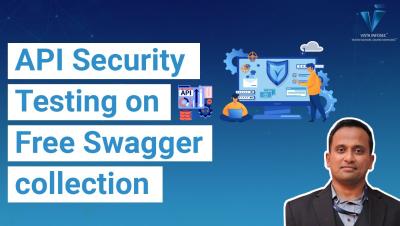How we created the first conversational AI cloud security analyst
In the rapidly evolving landscape of cybersecurity, the need for a robust and intelligent assistant capable of analyzing, summarizing, and reacting to events is paramount. This is why we designed Sysdig SageTM, our large language model (LLM)-based cloud security analyst, to be an expert in cloud detection and response (CDR). Sysdig Sage excels at summarizing complex events and providing clear explanations, which is crucial for identifying and promptly reacting to potential threats.











